Europe Gastronomy Cities
Parma - UNESCO City of Gastronomy
Parma, situated in Italy's Emilia-Romagna region, is a haven for those who appreciate good food. This appealing city has about 200,000 residents and is notable for its beautiful buildings and rich cultural background.
The Parma stream splits the city, with the area west of it called Oltretorrente. Parma's roots go back to Etruscan times, and the Romans later adapted its name to describe a circular shield.
- Parma, in Italy's Emilia-Romagna region, is a top spot for food lovers
- The city is famed for its Parmigiano-Reggiano cheese and Prosciutto di Parma
- Visitors can enjoy a mix of great food, historic sites, and modern city life
Why is Parma so great for food fans
Parma's reputation for amazing food is well-deserved. People come from all over to taste its famous products. But what exactly makes Parma such a standout food destination?
The city is the birthplace of two iconic Italian foods: Parmigiano-Reggiano cheese and Prosciutto di Parma ham. These aren't ordinary cheese and ham - they're protected by strict rules to ensure top quality and authenticity.
Parmigiano-Reggiano, often called the "King of Cheeses," is a hard, grainy cheese aged for at least 24 months. Its rich, nutty taste is unique and is a key ingredient in many local dishes.
Prosciutto di Parma is a dry-cured ham that's sweet, subtle, and incredibly tender. The special climate of the Parma hills helps create its outstanding flavor.
But there's more to Parma's food scene. The city is also known for its fresh pasta, especially tortelli d'erbetta - a type of ravioli filled with ricotta and herbs.
How can you best enjoy Parma's food
To really get a taste of Parma's food scene, check out the local eateries and markets. Begin your day at the farmers market in Imbriani Square, where you'll find fresh produce, handmade pasta, and local cheeses.
For lunch, try one of the many trattorias in the city center. Trattoria Ai Due Platani offers a classic Italian experience. Their tableside presentation of stuffed pastas and house-made gelato is a must-see.
In the evening, take a walk down Strada Farini. This pedestrian-friendly street has lots of restaurants and cafes with both indoor and outdoor seating. It's great for watching people while enjoying a pre-dinner drink.
For something different, try a food tour. Many companies offer guided visits to Parmigiano-Reggiano factories and Prosciutto di Parma producers.
What other foods should you sample in Parma
While Parmigiano-Reggiano and Prosciutto di Parma are must-try items, Parma has many other tasty foods. Here are some local specialties to check out:
- Culatello di Zibello: This ham is even more prized than Prosciutto di Parma.
- Torta Fritta: Also called gnocco fritto, this is a type of fried bread often served with cured meats.
- Anolini in Brodo: Small, filled pasta served in a rich broth. It's a comforting dish often eaten during holidays.
- Malvasia: A local white wine that goes well with appetizers.
- Torta Duchessa di Parma: A tasty cake made with hazelnut flour and filled with zabaglione and chocolate custard.
Where's the best place to find Parmigiano-Reggiano
For the best Parmigiano-Reggiano experience, go straight to the source. Many local cheese makers offer tours where you can see how the cheese is made.
A popular option is the Parmigiano-Reggiano cheese tour, where you can visit a cheese factory and learn about this famous product.
When tasting Parmigiano-Reggiano, notice the age. The cheese is usually aged for 24, 36, or even 48 months. Each age has its own unique taste:
| Age (months) | Taste Description |
| 24 | Mild, slightly grassy |
| 36 | Stronger, nuttier |
| 48+ | Complex, sharp, with crunchy bits |
Remember, real Parmigiano-Reggiano will have the PDO (Protected Designation of Origin) stamp on its rind.
What makes Prosciutto di Parma so good
Prosciutto di Parma isn't just any ham - it's a food masterpiece that's been refined over hundreds of years. But why is it so good?
The secret is in how it's made and the unique weather of the Parma hills. The air from the nearby Apennine Mountains gives the ham its special sweet taste.
Making Prosciutto di Parma follows strict rules:
- Only pigs born and raised in Italy can be used
- The curing process must take at least 12 months
- No extra ingredients are allowed - just pork and sea salt
- Each ham is checked and marked with the Parma Crown if it meets standards
To really enjoy Prosciutto di Parma, try it by itself or wrapped around a piece of melon. The salty ham goes perfectly with the sweet fruit.
How to match Parma's foods with local wines
Your food experience in Parma isn't complete without trying the local wines. The area makes several great types that go well with its famous foods.
Malvasia, a local white wine, is great with appetizers. Its light, slightly bubbly nature goes well with the rich taste of Parmigiano-Reggiano and cured meats.
If you like red wine, try Lambrusco. This slightly fizzy red wine is perfect with the fatty taste of Prosciutto di Parma. It also goes well with pasta dishes.
Here's a quick guide for matching food and wine:
- Parmigiano-Reggiano: Malvasia or aged red wines
- Prosciutto di Parma: Lambrusco or light red wines
- Pasta dishes: Full-bodied red wines or Lambrusco
- Desserts: Sweet Malvasia
Remember, the best match is the one you like most. Don't be afraid to try different combinations!
What else should you see in Parma besides food
While food is the main attraction in Parma, the city has lots more to offer. Here are some other places worth visiting:
- Cattedrale di Parma: This 12th-century Romanesque cathedral has beautiful wall paintings.
- Teatro Regio: One of Italy's best-known opera houses, famous for its great sound.
- Palazzo della Pilotta: A huge palace complex with several museums and a theater.
- Parco Ducale: A pretty park perfect for a walk after a meal.
- Battistero: An eight-sided baptistery known for its pink marble outside and detailed wall paintings inside.
These places offer a nice balance to your food adventures, letting you experience Parma's rich cultural history along with its great food.
FAQs
When's the best time to go to Parma?
Spring (April to June) or fall (September to October) are great times to visit Parma. The weather is nice, and you can eat outside. Plus, many food festivals happen during these seasons.
Is Parma expensive?
Parma can be somewhat pricey, especially for high-quality food products. But there are options for all budgets. Street food and local markets are cheaper alternatives to fancy restaurants.
Should I book food tours ahead of time?
Yes, it's a good idea to book food tours in advance, especially during busy tourist times. Many popular tours, like visits to Parmigiano-Reggiano factories, can get full quickly.
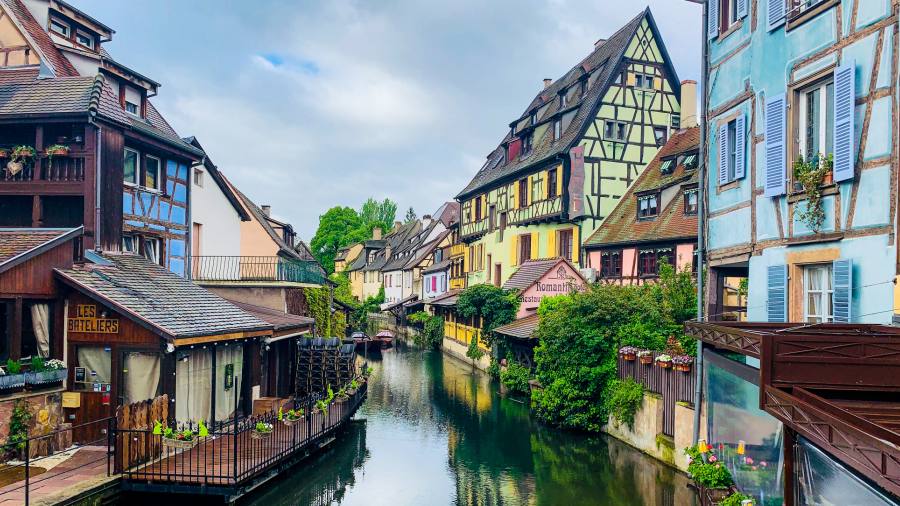
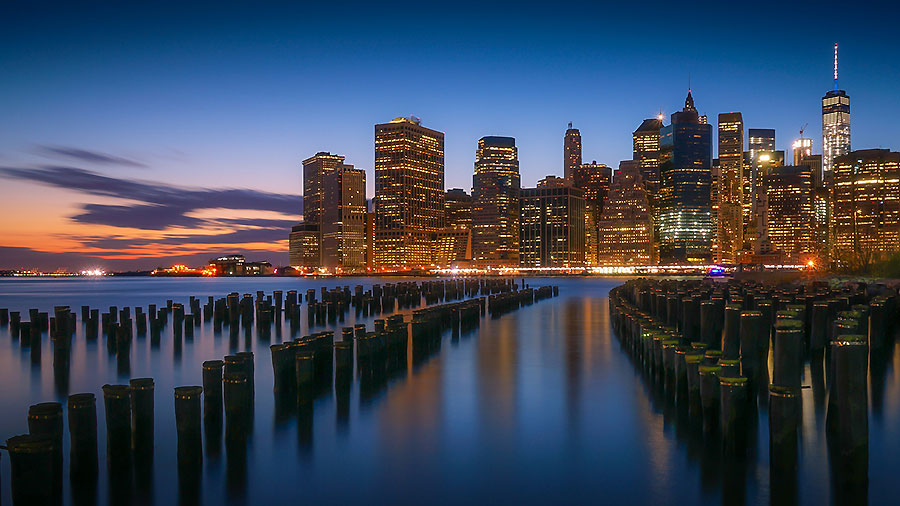
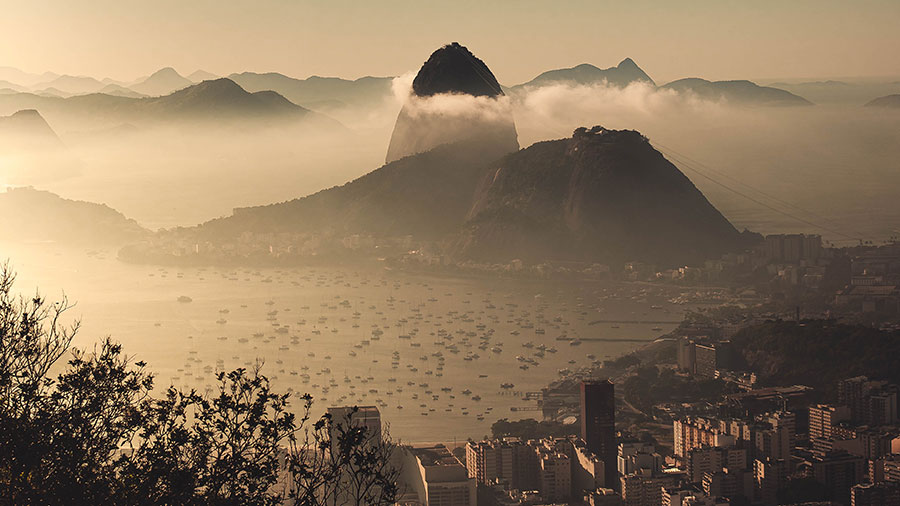
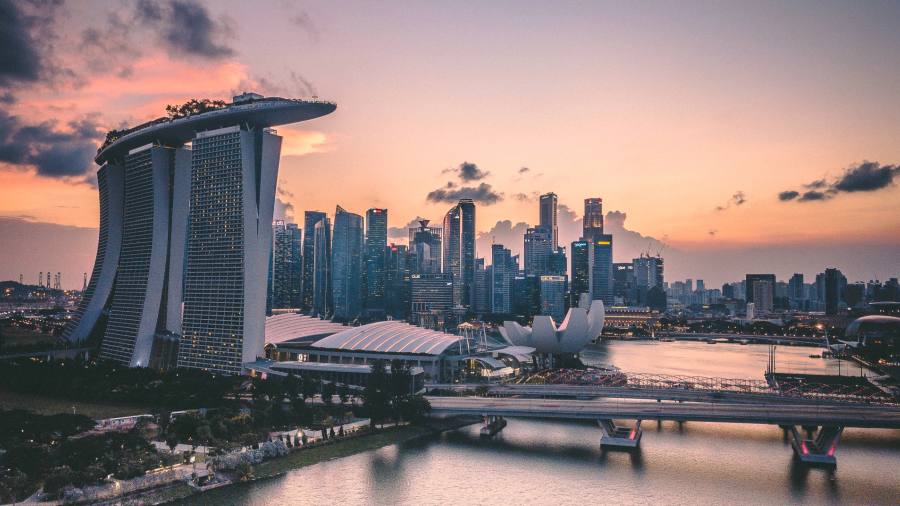
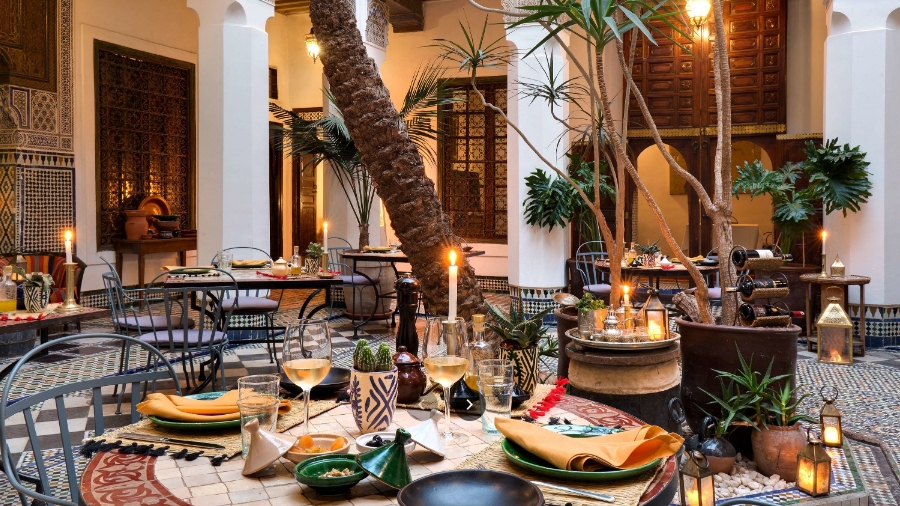
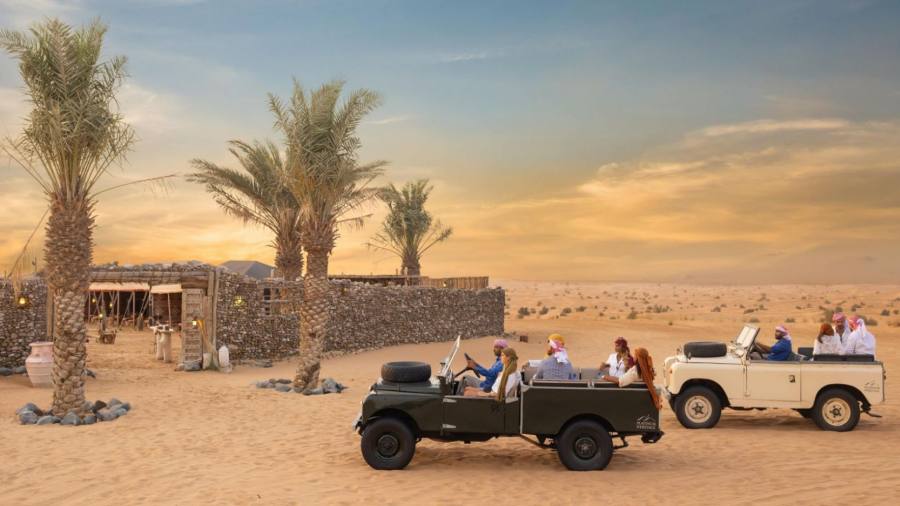

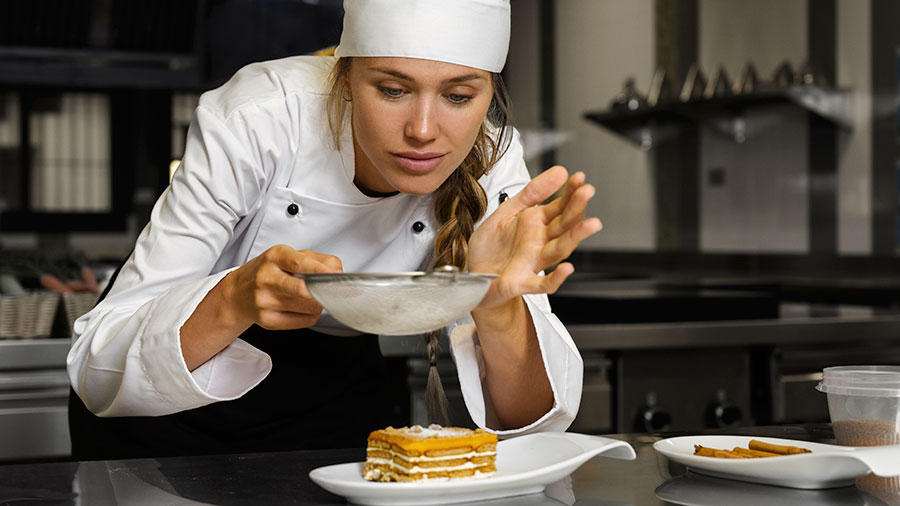
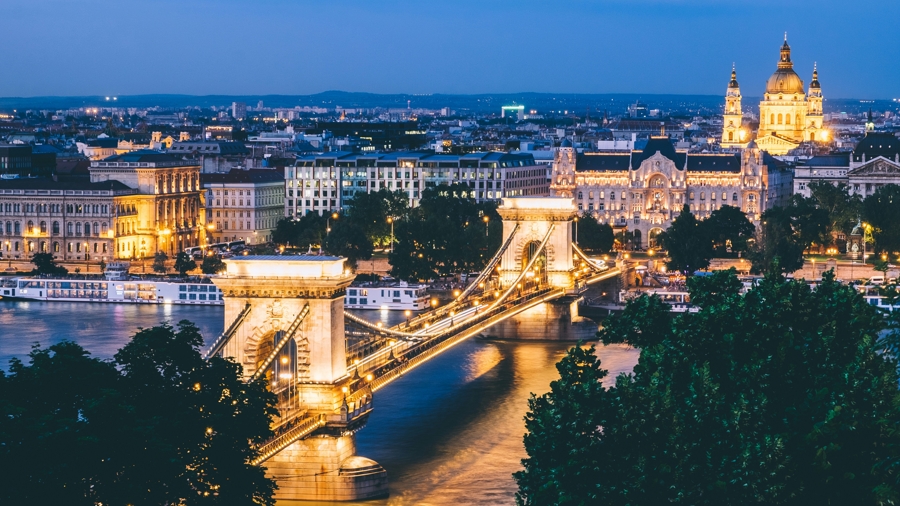
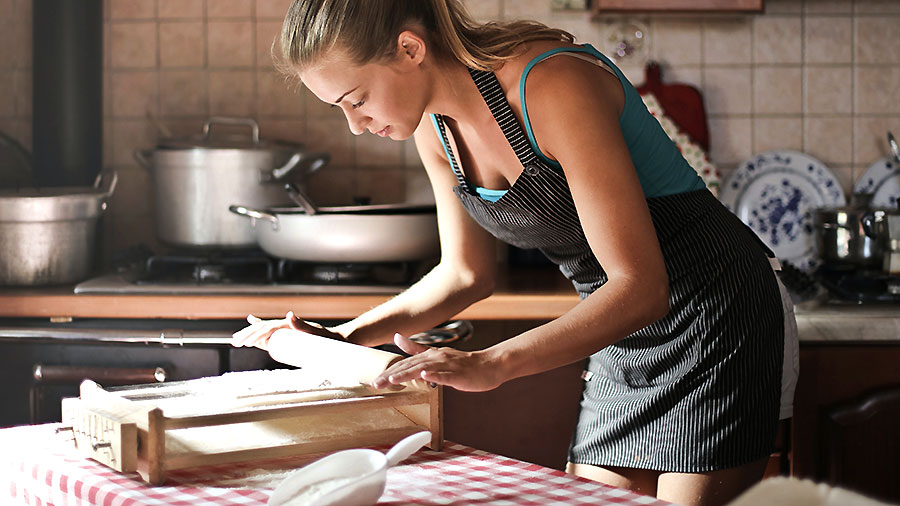

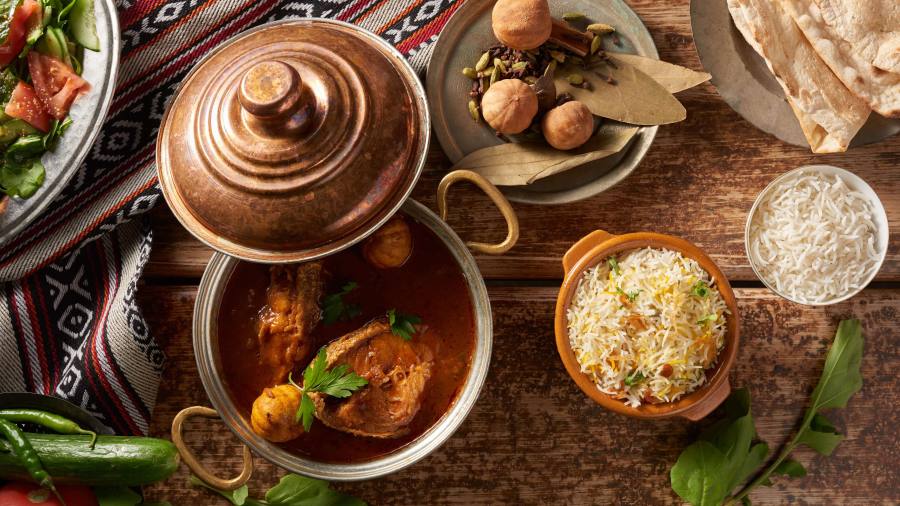
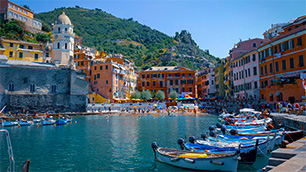 Gastronomy Cities
Gastronomy Cities
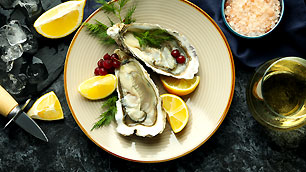 Amazing Food
Amazing Food
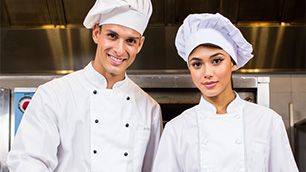 Chef's Talk
Chef's Talk